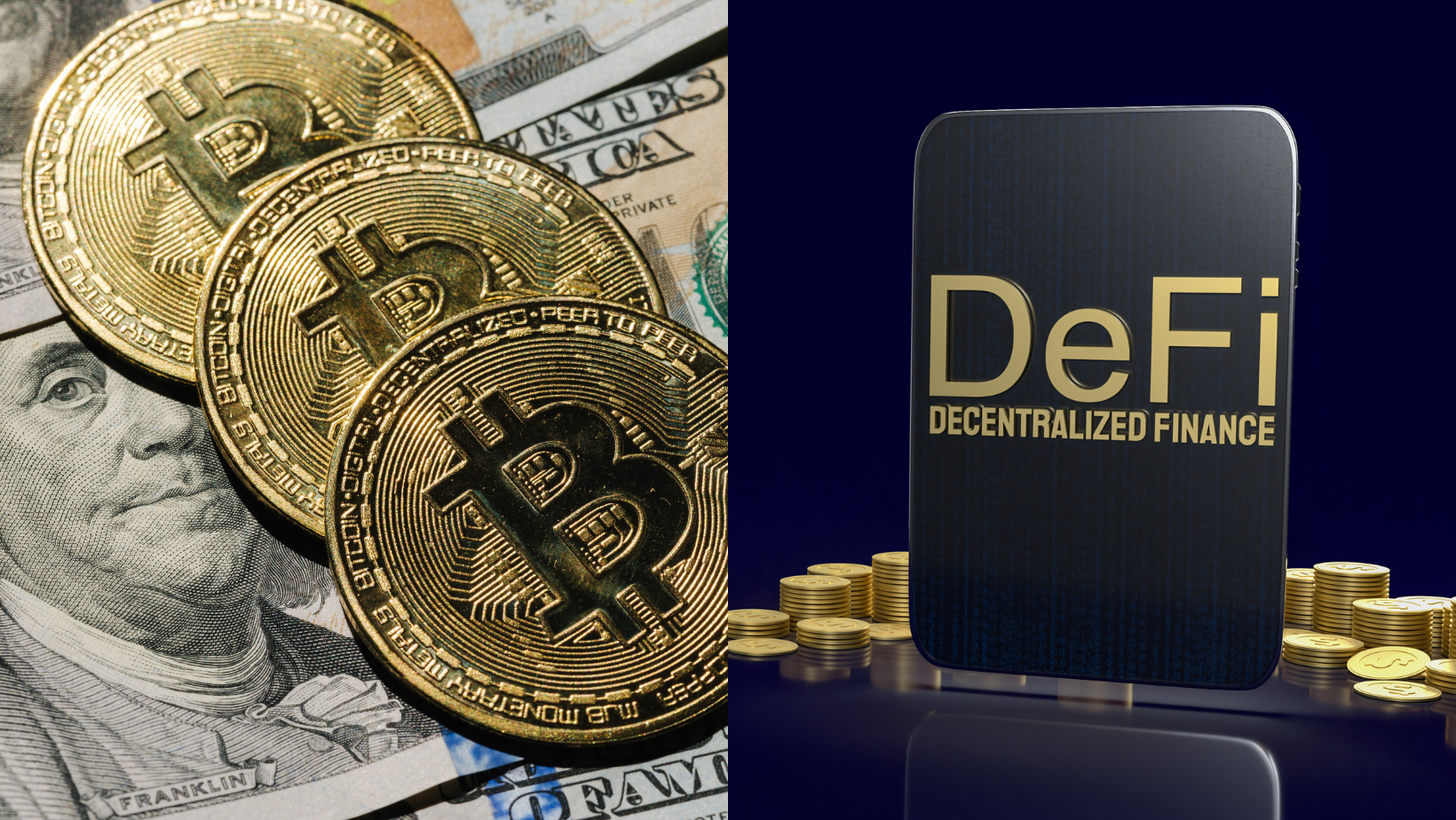Since its inception 15 years ago this month, Bitcoin has become the star around which the rest of the blockchain industry revolves. It remains the most widely known and best-understood project in the broader crypto ecosystem, and it continues to galvanize interest in digital currencies across the world.
One thing that unites all Bitcoin holders is trust in unchangeable code. Every day, the network’s miners convert real-world energy into a scarce digital asset that exists on an immutable public ledger. But one place where this trust has yet to take hold is traditional finance, where many big players are unwilling to hold Bitcoin outside of a familiar investment instrument.
There are any number of reasons for this state of affairs. Though the process of buying, storing, managing and transferring Bitcoin has gotten much simpler, it’s still easy to misplace private keys or send Bitcoin to the wrong address — to say nothing of persistent concerns regarding its regulatory prospects. Ultimately, what this means is that traders operating within institutions beholden to restrictive investment rules have effectively been locked out of a promising and potentially highly profitable new arena.
The most obvious solution to this problem would be an exchange-traded fund specializing in Bitcoin. An ETF is a basket of investments that can be traded on a stock exchange. A spot Bitcoin ETF, therefore, is effectively the same thing as making Bitcoin tradeable on such an exchange. While self-custody is preferable for some folks, this would furnish a straightforward way for other investors to gain exposure to Bitcoin without needing to directly manage it themselves.
Absent an ETF, investors — particularly institutions that aren’t allowed to own Bitcoin directly — are limited to instruments like the Grayscale Bitcoin Trust. While GBTC indirectly grants exposure to Bitcoin, it doesn’t allow for immediate redemptions. This means that at various times it has traded at either sizable premiums or sizable discounts to Bitcoin, leading to incredibly inefficient cryptoasset markets. An ETF would allow many more investors to get direct exposure to Bitcoin, including major institutions that will bring an air of legitimacy to the broader digital asset space.
How close are we to a Bitcoin ETF in the United States? The short answer is: much closer than we were even a few months ago. The U.S. Court of Appeals in Washington D.C. recently sided with Grayscale in its attempt to overrule the Securities and Exchange Commission’s denial of their earlier request to establish a Bitcoin ETF. A few months before that the largest asset management company in the world, BlackRock, submitted its own proposal for a Bitcoin ETF, with many other blue-chip institutions following suit. Outside of the U.S., recent efforts in this direction have included the introduction of Europe’s first spot Bitcoin ETF, along with multiple successful approvals of Bitcoin ETFs in Canada over the past two years.
In addition to various other legal and economic justifications, global analysts offer these two examples as proof of the inevitability of a spot Bitcoin ETF in the U.S. JPMorgan’s Nikolaos Panigirtzoglou recently stated that the SEC would either be forced to approve GBTC’s Bitcoin ETFs or would have to suffer the embarrassment of retroactively withdrawing a prior approval of similar ETFs based on futures contracts. Bloomberg’s James Seyffart, in addition, predicted that spot Bitcoin ETF approvals would be a “done deal” by 2024.
At this point, the destination is inevitable; how much longer it takes to get there remains to be seen.
As for the question of “why now,” two core reasons stand out as especially important. First, in a world marked by a growing distrust of authority, Bitcoin represents a comforting mathematical certainty. A core tenet of Bitcoin is that its supply is capped at 21 million, making it one of the only assets whose supply is completely unaffected by demand. Given that increasing Bitcoin’s supply ahead of its pre-programmed emissions schedule is impossible, the only way to address an increase in demand is to make it more accessible with instruments like ETFs.
The second reason stems from the fact that more and more people are building on top of the underlying Bitcoin network. Earlier this year, NFTs and fungible tokens were introduced to the Bitcoin blockchain, causing demand for network capacity to skyrocket. Though we’re no doubt in the early stages of these developments, they are nevertheless glimpses into a future where Bitcoin contributes to the governance of complex systems with uniquely credible neutrality.
As things stand, Bitcoin is now attempting to gain access to the traditional financial system, but there is the intriguing possibility that it will compete with that system in a much more fundamental way. Rather than an ETF being a basket through which investors hold Bitcoin, for example, “tokenization” — the issuance of scarce digital tokens representing shares of ownership — could eventually be the means by which traditional assets are held in a decentralized way. This would increase transparency and available liquidity while simultaneously reducing the prevalence of fee-extracting intermediaries.
As an asset, Bitcoin is only the beginning. Its second-order effects will be truly vast.

